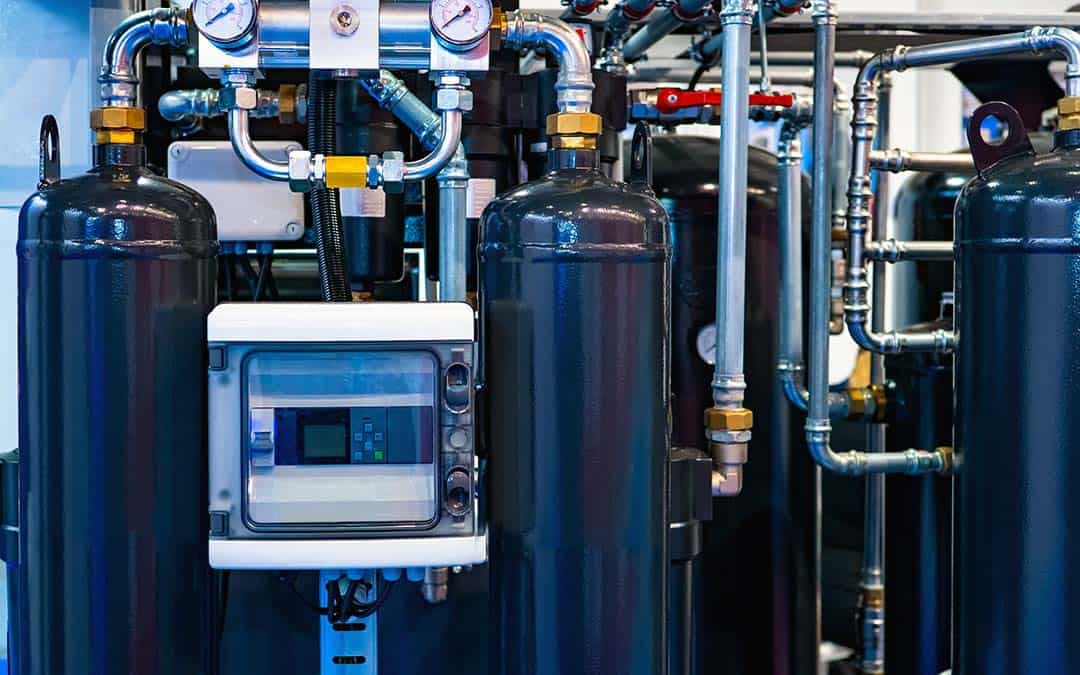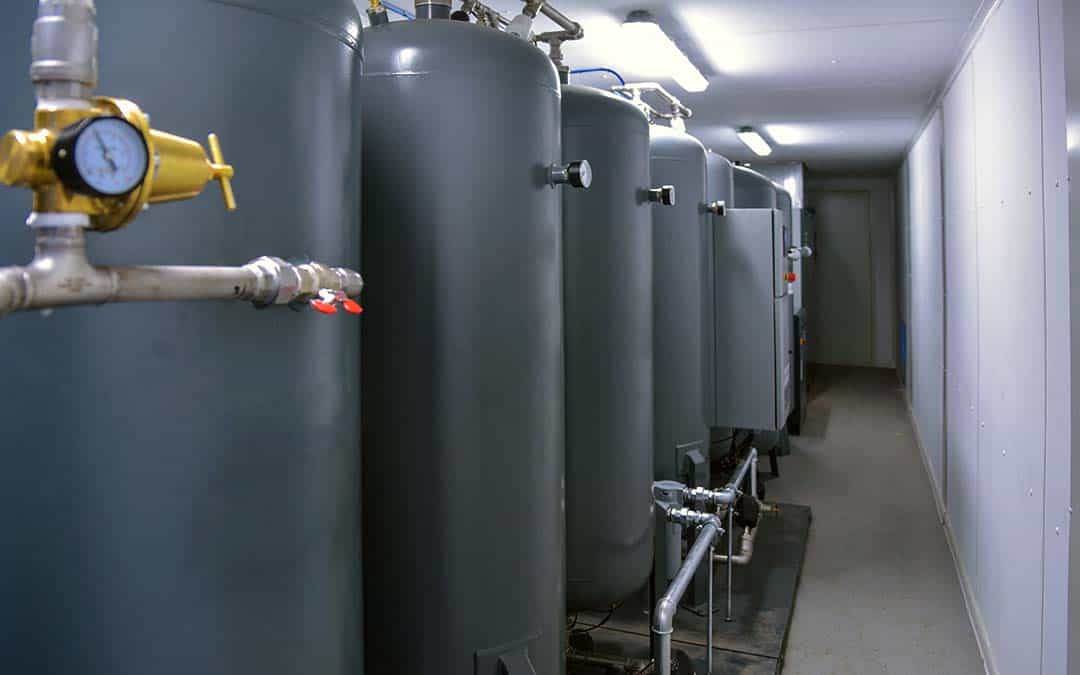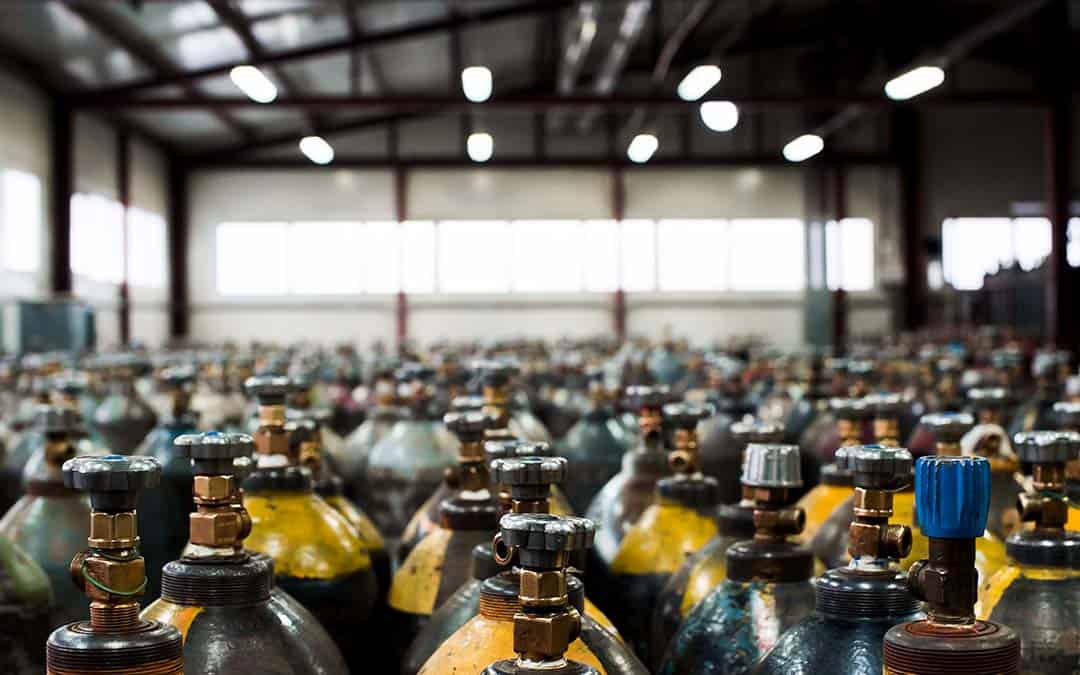In a significant stride towards bolstering Bhutan’s healthcare infrastructure, the country recently celebrated the inauguration of two state-of-the-art medical oxygen plants.
Supported by the World Health Organization (WHO), these plants are poised to play a pivotal role in ensuring access to life-saving medical oxygen, especially in the context of the ongoing COVID-19 pandemic. The pressure swing adsorption (PSA) plants have been set up in Jigme Dorji Wangchuk National Referral Hospital in the national capital of Thimphu, as well as at Mongar Regional Referral Hospital, another key healthcare facility in the region. This project represents the first WHO-supported medical oxygen initiative in Southeast Asia.
The Call for a More Just Infrastructure

The inauguration of the two medical oxygen plants in Bhutan comes at a critical juncture when the world is grappling with the challenges posed by the COVID-19 pandemic. The plants were built upon request from the Ministry of Health Bhutan with WHO-provided specifications and funding. The equipment was shipped from Slovakia and installed by a Nepal technical associate. Dr. Poonam Khetrapal Singh, the Regional Director of WHO Southeast Asia, stated the importance of the project, noting that it “has two critical values – the first being collaboration, and the second identifying and applying lessons learned, which we in the region have long prioritized.“
She also reflected on Bhutan’s state over the last few years, and the devastating effect the pandemic had on public health. “Globally, the COVID-19 pandemic exposed significant gaps in medical oxygen systems, with tragic results, which cannot be repeated,” she stated. “Together, we must therefore ensure that in all countries, medical oxygen systems can withstand even the most critical shocks, as highlighted in our regional roadmap on health security and health system resilience for emergencies.”
The Regional Impact of Medical Oxygen

Medical oxygen has emerged as a crucial resource in the treatment of severe cases of the COVID-19 virus. While Bhutan has long been committed to holistic wellbeing and sustainable development and responded to the virus proactively, there was only so much that could be done without the proper resources.
The inauguration of the medical oxygen plants marks a transformative moment for the small country, in that it will now be able to address the demand for oxygen not only during the ongoing pandemic, but during any future health crises. The plants’ strategic locations have also been chosen to maximize their impact, ensuring distribution across the country and reducing response times during emergencies.
“These plants will help strengthen health systems resilience … not just for outbreaks of respiratory diseases such as COVID-19 and pneumonia, but for a range of conditions, including sepsis, trauma, and complications of pregnancy or birth,” the Regional Director said.
One Step Toward a Better Future
The inauguration of the WHO-supported medical oxygen plants holds broader implications for the region, as a collaborative effort between Bhutan and an international organization like the WHO of Southeast Asia. The initiative sets a positive precedent for cross-border cooperation in healthcare, and may even inspire neighboring countries to explore similar partnerships.
As a company that has provided medical gases to the Los Angeles area for more than 80 years, CalOx is always thrilled to hear about the expansion of accessibility for life-saving resources like medical oxygen. As the world continues to navigate the challenges such as the COVID-19 pandemic and beyond, initiatives like these underscore the importance of solidarity and collective action in building a healthier and more resilient future.
